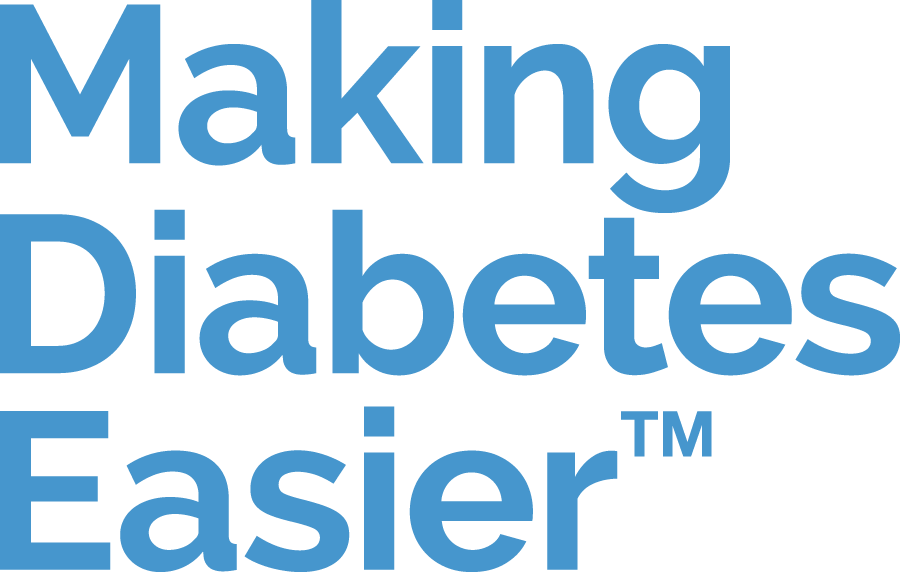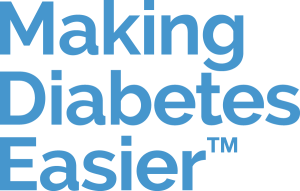What is type 2 diabetes?

Type 2 diabetes is the most common form of diabetes mellitus and accounts for 90% to 95% of diabetes cases worldwide.
This metabolic disorder is characterised by a decrease in the effect of insulin on the body’s cells, called insulin resistance, and insufficient insulin production by the pancreas. Since insulin is responsible for regulating blood glucose levels, it leads to hyperglycaemia because blood glucose level becomes too high. These abnormalities are most often identified in people with a family history of type 2 diabetes and, often in people with excess weight or a sedentary lifestyle.
Symptoms
Before its onset, type 2 diabetes develops silently for a long time, without any noticeable symptoms. For this reason, it is not uncommon for patients to discover that they have diabetes during a medical consultation initially made for other health concerns.
Therefore, even a person who does not experience any symptoms of type 2 diabetes may be affected by the disease.
Causes
Often observed in cases of excess weight and obesity, type 2 diabetes is defined as being an excess of sugar (glucose) in the blood, which occurs after cells have become desensitised to insulin. This is called insulin resistance.
Excess blood glucose pushes the cells in the pancreas, specialised in insulin secretion, to overproduce insulin in an attempt to stabilise the blood glucose.
Type 2 diabetes is diagnosed when the pancreas can no longer secrete enough insulin to compensate for insulin resistance.
Risk factors
Several genetic and environmental factors increase the risk of developing type 2 diabetes.
Genetic predisposition is a recognised risk factor for developing type 2 diabetes, with a risk level of at least 40% for a person with parents who are living with diabetes.
Other risk factors conducive to diabetes are lack of physical exercise and a high-sugar, high-fatty acid, low in fibre diet, both paving the way to abnormal insulin production. Type 2 diabetes is therefore closely associated with excess weight and obesity.
Other factors linked to lifestyle have also been identified:
- smoking
- insufficient and low-quality sleep
- depression and stress
- excessive or regular alcohol consumption.
The higher the person’s blood glucose, the higher the risks of complications. Type 2 diabetes is often associated with cardiovascular disorders, kidney failure, and eyesight disorders, sometimes leading to complete loss of sight. All of these complications can be limited by learning to manage diabetes and maintaining a well-balanced and healthy lifestyle.
Treatments

Adopting a well-balanced lifestyle is the primary measure in the treatment of type 2 diabetes, and also the best way to delay or even prevent its onset. A balanced diet and regular physical activity will help to regulate blood glucose levels and, in cases of excess weight or obesity, will stimulate weight loss.
Sometimes maintaining a well-balanced lifestyle is not enough. When this is the case, oral antidiabetic medication can be required. If necessary, insulin supplements may also be offered as a type 2 diabetes treatment in the case of failure or low efficacy of antidiabetic medication.
In cases of obesity, bariatric surgery procedures may be beneficial in reducing excess weight and treating type 2 diabetes.
Sources
- Markku Laakso. Biomarkers for type 2 diabetes. Mol Metab. 2019 Sep; 27(Suppl): S139–S146.
- Petersmann A, Müller-Wieland D, Müller UA, Landgraf R, Nauck M, Freckmann G, Heinemann L, Schleicher E. Definition, Classification and Diagnosis of Diabetes Mellitus. Exp Clin Endocrinol Diabetes. 2019 Dec;127(S 01):S1-S7.
- Yanling Wu, Yanping Ding, Yoshimasa Tanaka, and Wen Zhang. Risk Factors Contributing to Type 2 Diabetes and Recent Advances in the Treatment and Prevention. Int J Med Sci. 2014; 11(11): 1185–1200.
- Samantha Roberts, Eleanor Barry, Dawn Craig, Mara Airoldi, Gwyn Bevan, Trisha Greenhalgh. Preventing type 2 diabetes: systematic review of studies of cost-effectiveness of lifestyle programmes and metformin, with and without screening, for pre-diabetes. BMJ Open. 2017; 7(11): e017184.
- Andreas F. H. Pfeiffer, Harald H. Klein. The Treatment of Type 2 Diabetes. Dtsch Arztebl Int. 2014 Jan; 111(5): 69–82.
- Fangying Xie, Juliana CN Chan, Ronald CW Ma, Precision medicine in diabetes prevention, classification and management, J Diabetes Investig. 2018 Sep; 9(5): 998–1015.
- Hubert Kolb, Stephan Martin. Environmental/lifestyle factors in the pathogenesis and prevention of type 2 diabetes. BMC Med. 2017; 15: 131.
- Raquel Vieira, Selma B Souto, Elena Sánchez-López, Ana López Machado, Patricia Severino, Sajan Jose, Antonello Santini, Amelia M Silva, Ana Fortuna, Maria Luisa García, Eliana B Souto. Sugar-Lowering Drugs for Type 2 Diabetes Mellitus and Metabolic Syndrome-Strategies for In Vivo Administration: Part-II. J Clin Med. 2019 Aug 28;8(9):1332.
- Ankit Shah, Blandine Laferrère. Diabetes after Bariatric Surgery. Can J Diabetes. 2017 August ; 41(4): 401–406.





